close-up 60-year old marble pics. Is this what I can expect?
Hydragea
9 years ago
Related Stories
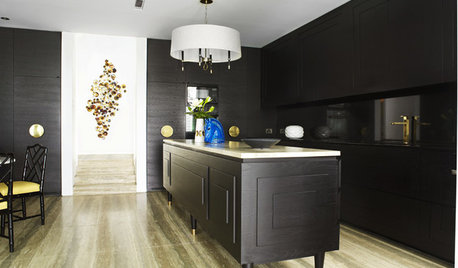
MOST POPULARTrend Watch: 13 Kitchen Looks Expected to Be Big in 2015
3 designers share their thoughts on what looks, finishes and design elements will be on trend in the year ahead
Full Story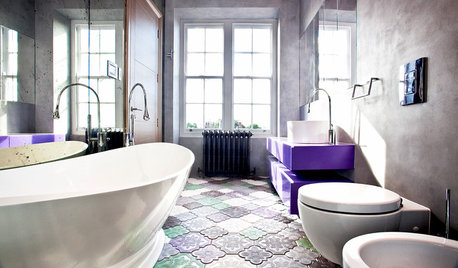
BATHROOM DESIGN14 Bathroom Design Ideas Expected to Be Big in 2015
Award-winning designers reveal the bathroom features they believe will emerge or stay strong in the years ahead
Full Story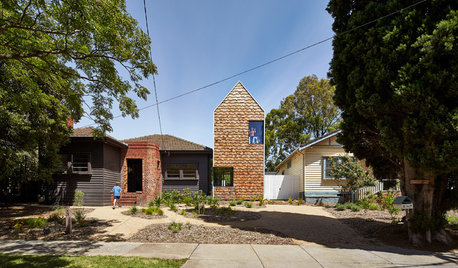
MOST POPULARHouzz Tour: A Playful Home Drawn Up by 8-Year-Old Twins
Plans for this innovative tower home in Melbourne were going nowhere — until the homeowners’ twins came to the rescue
Full Story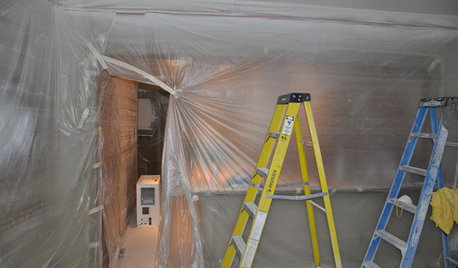
MOST POPULAR11 Things to Expect With Your Remodel
Prepare yourself. Knowing what lies ahead during renovations can save your nerves and smooth the process
Full Story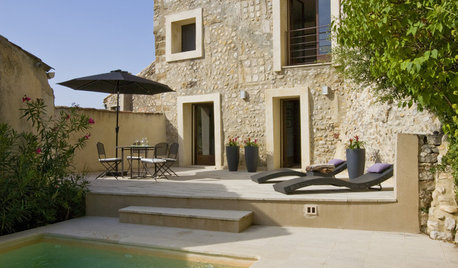
MODERN HOMESHouzz Tour: 800-Year-Old Walls, Modern Interiors in Provence
Old architecture and new additions mix beautifully in a luxurious renovated vacation home
Full Story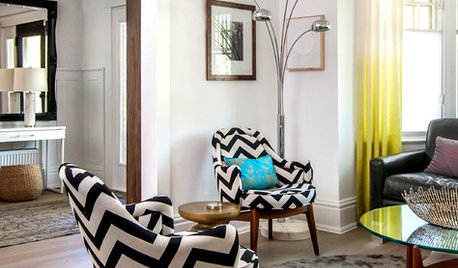
HOUZZ TOURSHouzz Tour: Mixing It Up in a Century-Old Edwardian
Different eras, patterns and textures mingle beautifully in a Canadian interior designer's home and 'design lab'
Full Story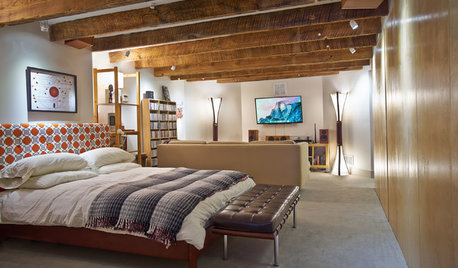
BASEMENTSRoom of the Day: Swank Basement Redo for a 100-Year-Old Row House
A downtown Knoxville basement goes from low-ceilinged cave to welcoming guest retreat
Full Story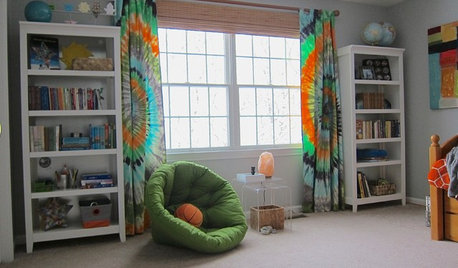
KIDS’ SPACESThis Designer’s Client Was Her 10-Year-Old Son
What do you give a boy with a too-babyish bedroom when he’s approaching double digits? See for yourself
Full Story
UNIVERSAL DESIGNMy Houzz: Universal Design Helps an 8-Year-Old Feel at Home
An innovative sensory room, wide doors and hallways, and other thoughtful design moves make this Canadian home work for the whole family
Full Story
DECORATING GUIDESUp Close: DIY Salvaged-Wood Wall
See how designer Garrison Hullinger made this unique wood wall covering
Full StoryMore Discussions






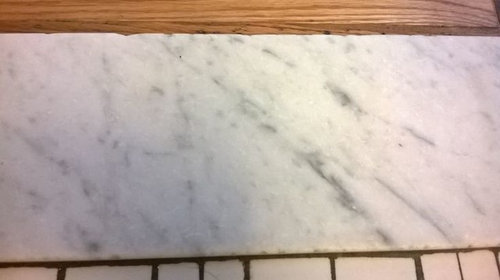
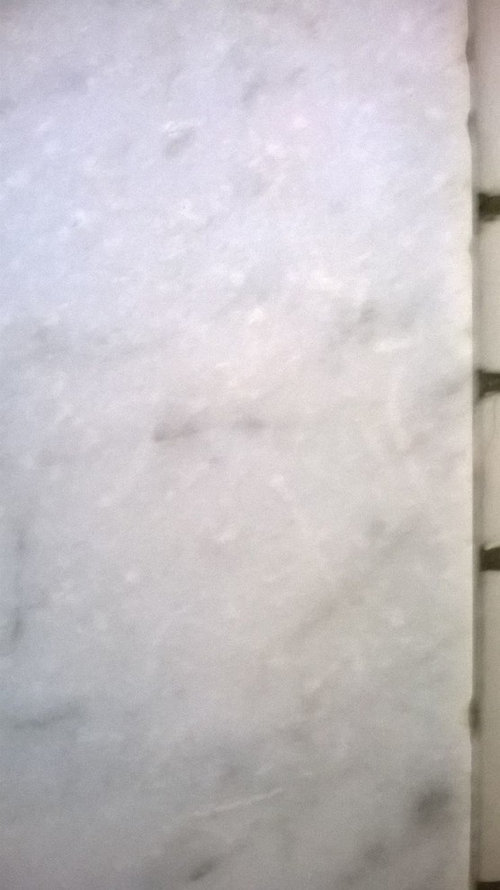

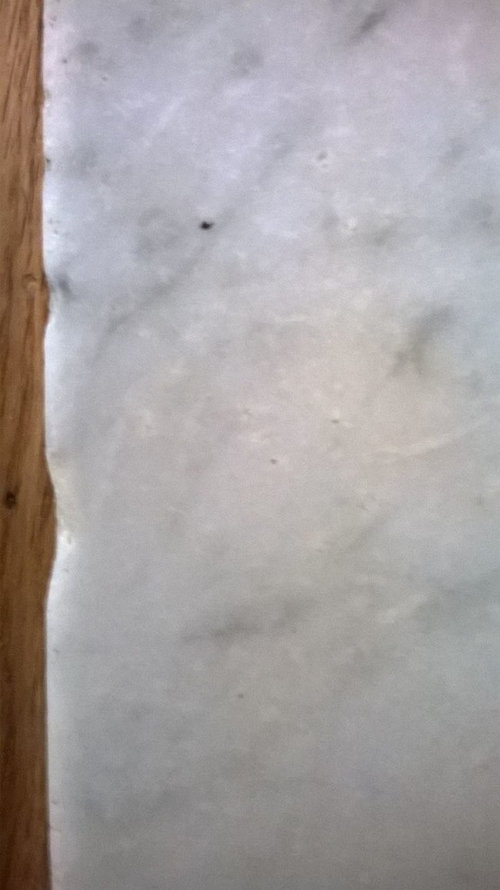

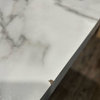

Joseph Corlett, LLC
HydrageaOriginal Author
Related Professionals
El Sobrante Kitchen & Bathroom Designers · Hopewell Kitchen & Bathroom Remodelers · Forest Hill Kitchen & Bathroom Remodelers · Citrus Park Kitchen & Bathroom Remodelers · Channahon Kitchen & Bathroom Remodelers · Idaho Falls Kitchen & Bathroom Remodelers · Red Bank Kitchen & Bathroom Remodelers · Rochester Kitchen & Bathroom Remodelers · Trenton Kitchen & Bathroom Remodelers · Prairie Village Kitchen & Bathroom Remodelers · Eufaula Kitchen & Bathroom Remodelers · Eureka Cabinets & Cabinetry · South Gate Cabinets & Cabinetry · Spartanburg Tile and Stone Contractors · Schofield Barracks Design-Build Firmsalerievay1
alerievay1
susanlynn2012
julieste
hsw_sc
plllog
scrappy25
anntn6b
alerievay1